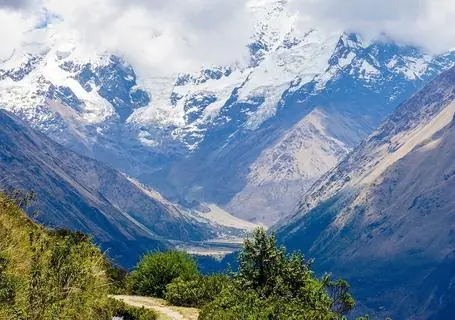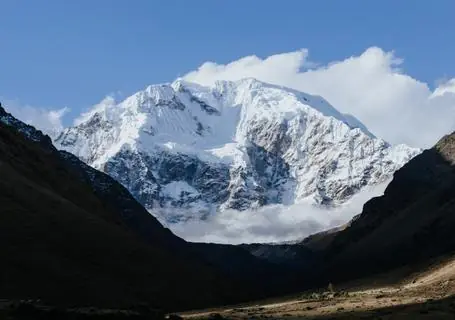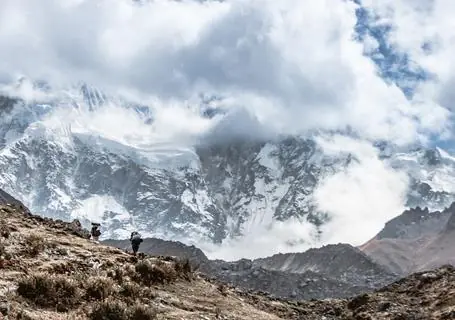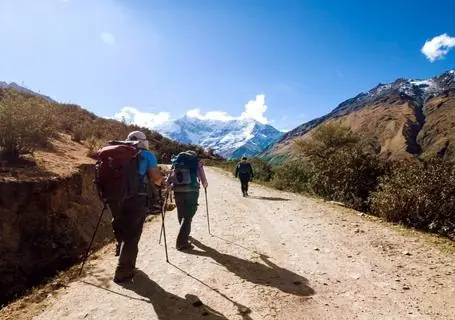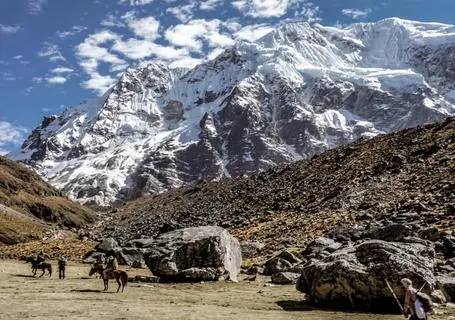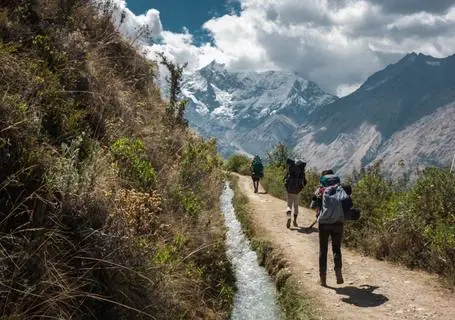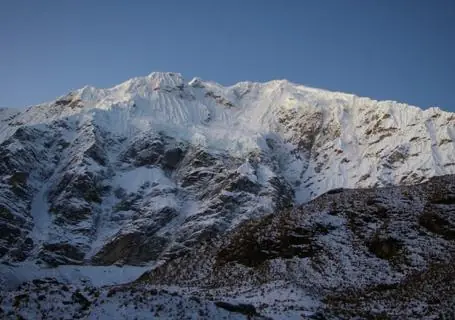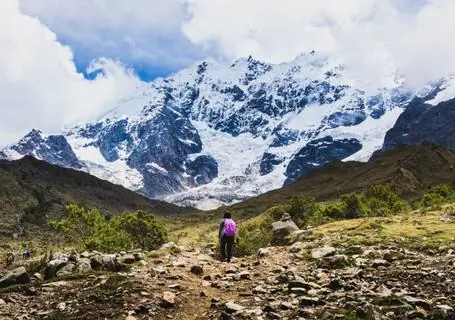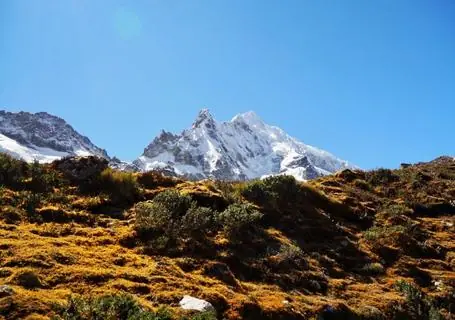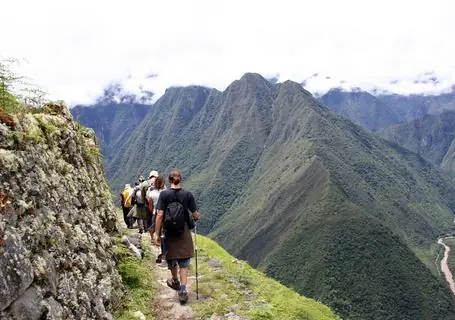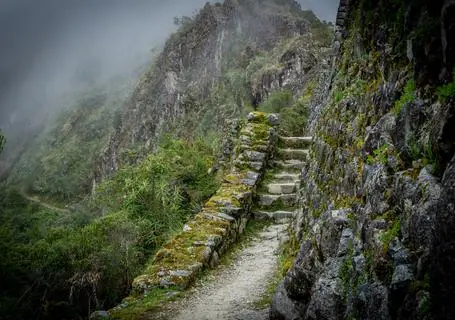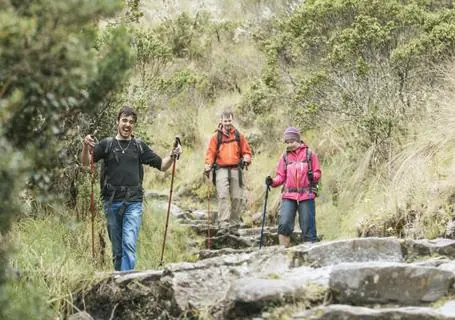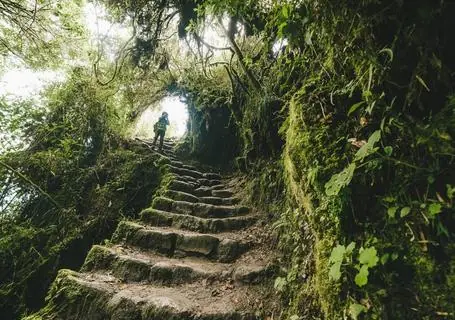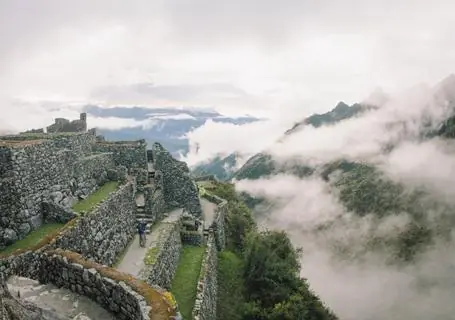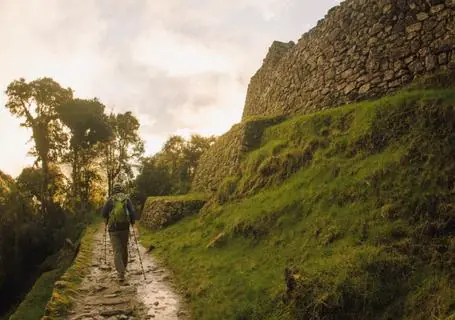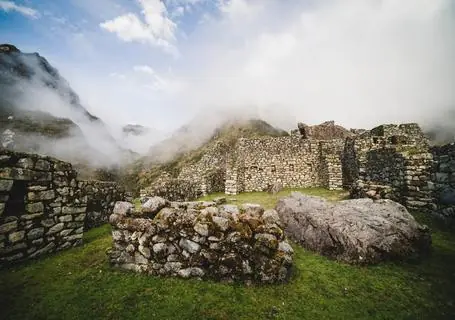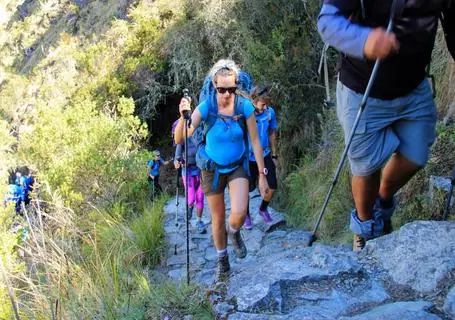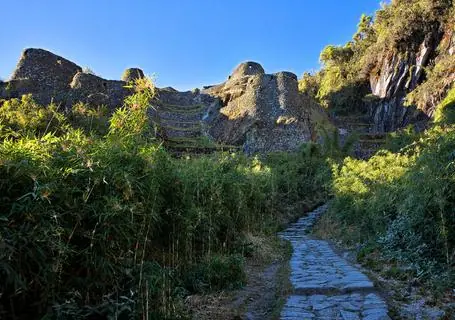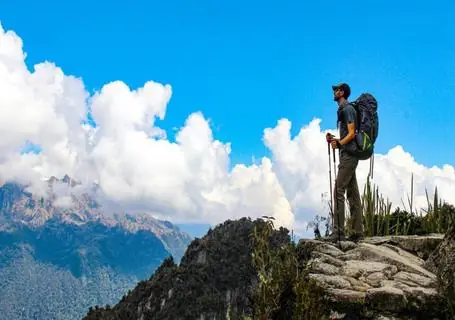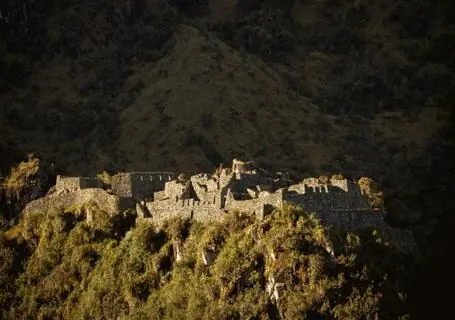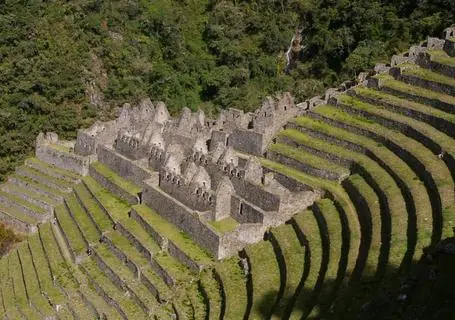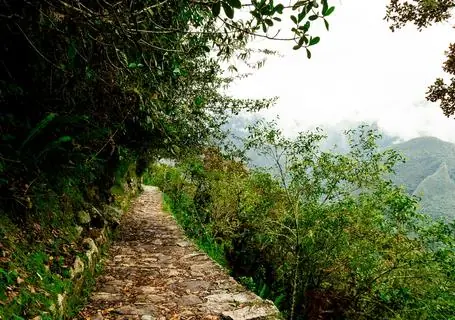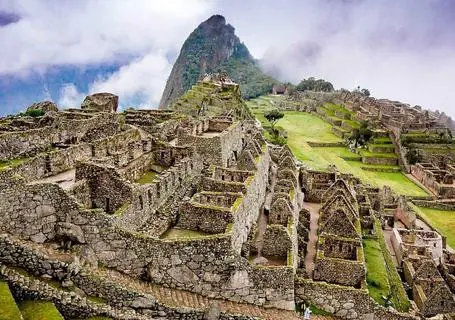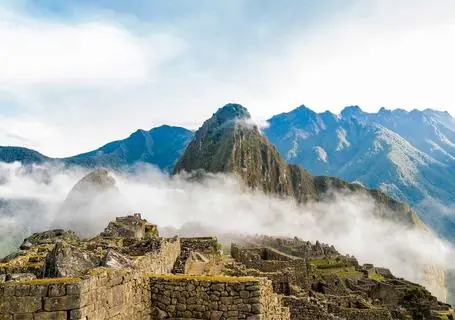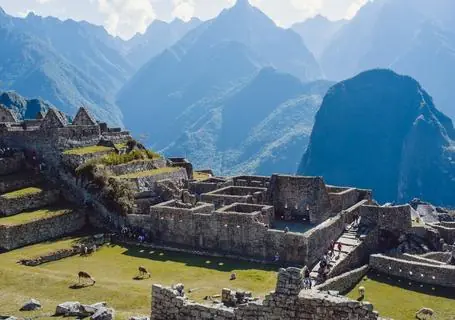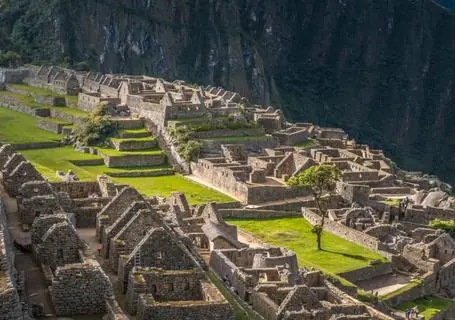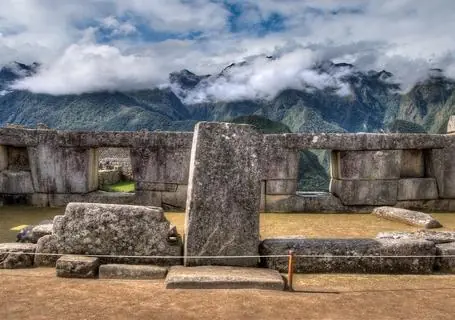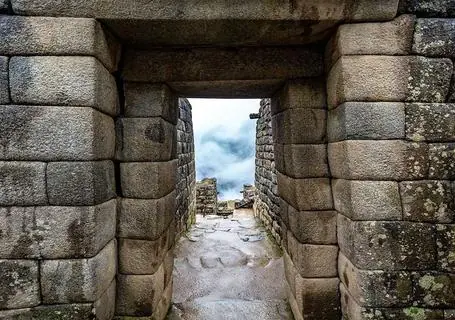Salkantay & Inca Trail to Machu Picchu - 7 days
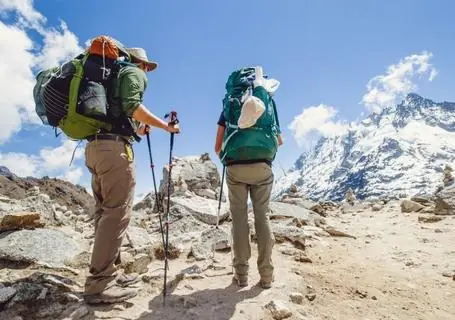
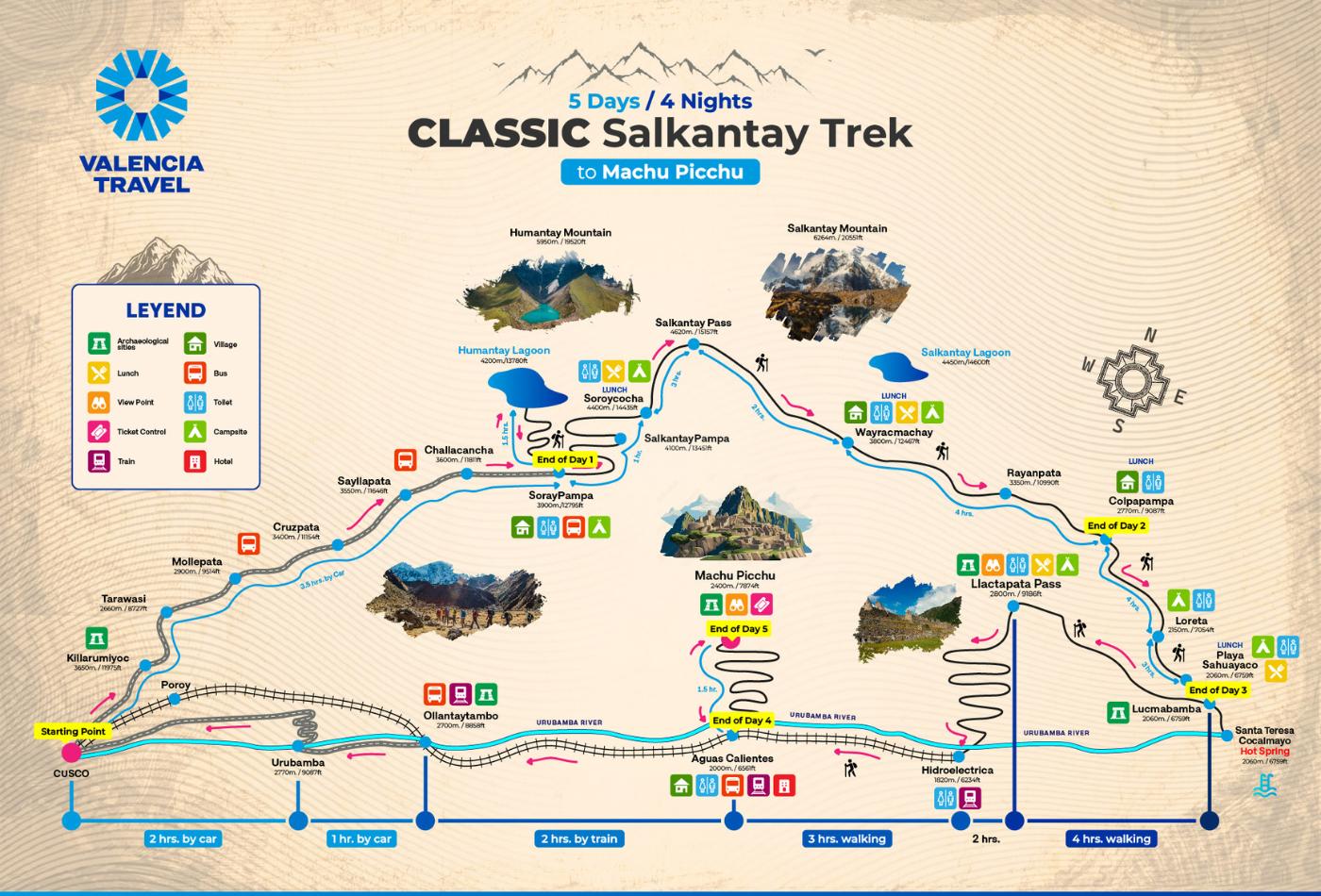
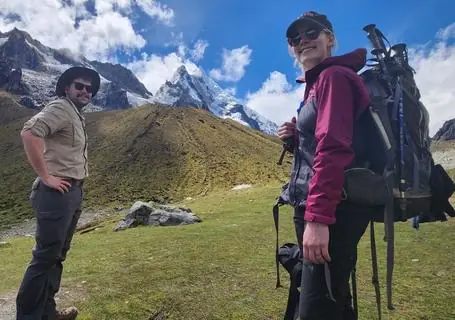
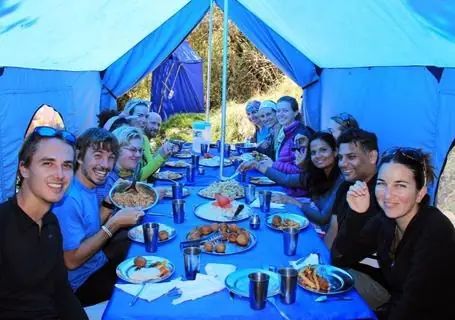
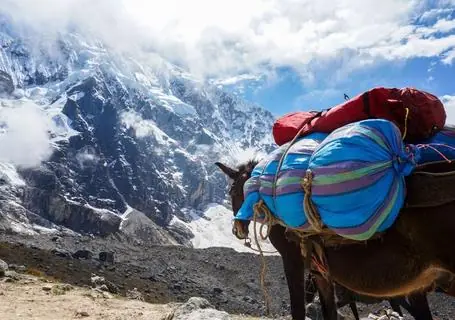
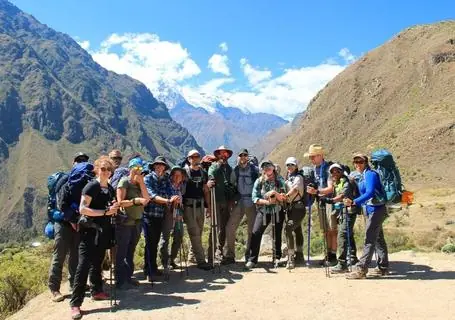
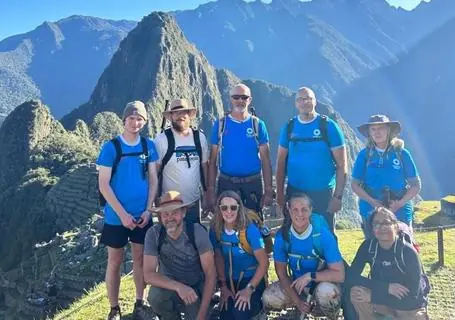 View All PhotosView All Photos
View All PhotosView All PhotosAdventure
Moderate - Demanding
Cusco, Inca Trail, Machu Picchu, Salcantay Trek
Hiking / Trekking, Archaeological / Architecture
cardinfo-price-per-adult
| cardinfo-text-5 | ||
| cardinfo-text-7 | Not included | |
| cardinfo-text-8 | cardinfo-not-included | |
cardinfo-text-10
h2-title-1
Of all the various treks to Machu Picchu, few can compete with the Salkantay Trek in terms of scenery. It’s a spectacular route, passing through jungles and mountain passes, and dotted with azure lagoons. And at the heart of the trek is Salkantay Mountain, which at 6,271 m (20,574 ft) is the highest peak in the Vilcabamba mountain range and the twelfth-highest in Peru.
Our Salkantay & Inca trail hike to Machu Picchu traverses the flank of this sacred mountain, offering some of the most awe-inspiring views in Peru. It’s one of the more challenging alternative routes to Machu Picchu, simply because of the high altitude. Unlike the more standard five-day Salkantay trek, this route goes on to join the classic Inca Trail, giving you the best of both worlds: the stunning scenery of Salkantay and the Inca ruins found along the classic Inca Trail.
This opportunity to combine 2 of the most iconic treks in Peru that will combine the magnificent scenery of the Salkantay Trek and the Inca Trail trek to Machu Picchu, is the perfect way to experience all aspects of trekking in Peru. It perfectly combines Mother Nature´s gifts and the magical Inca archaeological sites of The Inca Trail. The best of both worlds! Of course, Machu Picchu remains the ultimate destination at the end of the trek. This unique itinerary will still arrive directly to Machu Picchu through the iconic Sun Gate!
 Free Brochure
Free BrochureReady to explore? Download the brochure and start planning!
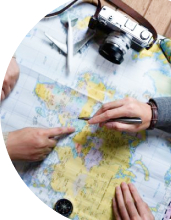
Your FREE travel expert is just a click away
Or Call us now! (888) 803 8004
h2-title-2
Day 1:Cusco - Humantay Lake & Soraypampa Camp Site
Our Salkantay trek to Machu Picchu begins when we pick you up from your hotel in Cusco around 5 a.m. We will travel in our private car to Soraypampa, which takes approximately four hours. It’s a lengthy trip, but it’s necessary to arrive at this relatively remote region. Along the way, you will be able to enjoy the wonderful scenery, including views of the Izcuchaca and Limatambo mountain ranges.
Eventually, we’ll arrive at the colorful Andean village of Mollepata, where we will make a short stop to make some purchases such as water, rain poncho, and snacks for your trip. Then we will continue in our private bus for 1 hour more where we will meet our mules, muleteers, and cooks.
Here our chefs will prepare our breakfast before starting our Salkantay Trek. After enjoying our breakfast and receiving our snacks, we will walk approximately 4 hours, including a visit to the Humantay lagoon, until we reach our Soraypampa campsite. This is where our chef awaits us with a delightful dinner prepared with local ingredients. We’ll set up camp and later have dinner, surrounded by mesmerizing scenery.
Hiking Time: 6 – 7 hours
Hiking Distance: 12 km / 7.45 miles
Lowest Point: 3,350 m / 10,990 ft
Highest Point: 4,600 m / 15,097 ft
- Meals: All Included
- Transfer: Cusco - Mollepata - Soraypampa
- Tour Guide: Local Tour Guide: English/Spanish
- Entrance Fee: Salkantay Trek and Humantay Lake
- Horseman and Mules: To carry cooking and camping equipment.
- Camp site: Soraypampa Camp Site (Tent per 2 people).
Day 2:Salkantay Trek to Pampa Japonesa Camp
We’ll wake early on Day 2 and have a hearty breakfast, then we will set off along a gentle uphill trail to Salkantaypampa. As we go, we’ll have wonderful views of the beautiful, imposing Salkantay Mountain in front of us. We will stop for lunch at Ichupata carefully prepared by our amazing cooking staff on the mountain top. As we ascend along the trail, we will stop along the way to enjoy the outstanding mountain scenery of the Vilcabamba range. After lunch, we will gradually continue ascending to our campsite in Pampa Japonesa where we can see spectacular views of the lagoons below us which offer a stunning backdrop for our remote campsite to reconnect with mother nature.
Hiking Time: 7 hours.
Hiking Distance: 13 km / 8 miles
Highest Point: 4,580 m / 14,041 ft
Lowest Point: 3900 m / 12, 795 ft.
- Meals: All Included
- Tour Guide: Local Tour guide: English/Spanish.
- Horseman and Mules: To carry cooking and camping equipment.
- Camp site: Pampa Japonesa (Tent per 2 people).
Day 3:Salkantay Trek - Sisaypampa - Inca Aqueduct
Today we will rise early for breakfast before setting off to conquer the last mountain pass on our Salkantay section of the trek. This pass, called Incachiriasca, sits at 5,100 m (16,732 ft). It’s a challenging trek to the top, but we’ll take it nice and slow and you can stop for a breather and to enjoy the views whenever you like. From here, the views of Salkantay Mountain are awe-inspiring.
After reaching the pass and stopping for a quick rest, we will make our way down to our lunch camp in Sisaypampa, where the highest-living Andean rodent, the "Vizcacha" related to the chinchilla family, can be seen. After lunch, we’ll continue heading downhill towards our campsite. As we approach the campsite, the valley narrows and we follow the pretty river to our final destination for the day: our campsite, which is located near an Inca aqueduct.
Hiking Time: 7-8 hours
Hiking Distance: 14 km / 9 miles.
Highest Point: 5,100 m / 16,732 ft.
Lowest Point: 3900 m / 12,795 ft.
- Meals: All Included
- Tour Guide: Local Tour Guide: English/Spanish
- Camp site: Inca Aqueduct (Tent per 2 people).
Day 4:Sisaypampa to the Ayapata Camp
Day 4 begins with a steep three-hour trek downhill to the Inca ruins of Inkaracay, also known as Paucarcancha. We’ll explore this small but fascinating Inca site before continuing our trek down to the small village of Huayllabamba. It is here that our Salkantay trek joins with the classic Inca Trail. Here we will need our passports as we enter the official Inca Trail. We will get to know our Inca Trail porters who will be carrying all of our equipment for the rest of our Inca Trail trek to Machu Picchu. After a lunch stop to recharge our batteries, we will head up to our campsite, through a steep but very scenic climb. Our campsite tonight is at Ayapata.
Hiking Time: 7-8 hours.
Hiking Distance: 15 km / 9.32 miles.
Highest Point: 3,900 m / 12,795 ft.
Lowest Point: 3,000 m / 9,843 ft.
- Meals: All Included
- Tour Guide: Local Tour Guide: English /Spanish
- Entrance Fee: Inca Trail
- Support: Porters to carry cooking and camping equipment
- Camp site: Ayapata Camp Site (Tent per 2 people).
Day 5:The High Point of Inca Trail Trek to Machu Picchu
After breakfast, another early morning awaits us as we tackle the Dead Woman´s Pass, the highest point on the Inca Trail section. After a few hours of trekking, we will reach the famous Abra de Warrmihuañusca at an elevation of 4,200 m (13,779 ft). It’s a challenging trek to reach this point, but we’ll be with you all the way, taking it one step at a time. The high altitude makes it even tougher, so don’t worry if you find yourself stopping every few steps – that’s perfectly normal (unless you’re one of our incredible porters, who make it look easy!). Once we make it to the pass, we’ll have a well-deserved rest and enjoy the spectacular mountain scenery, and you can be justifiably proud to have made it up Dead Woman's Pass. After our rest, we will begin our descent to our lunch stop, located at Pacaymayu at 3,650 m (12,000 ft). Along our way, you’ll be able to see lots of hummingbirds as they flit about, as well as other species of birds. The variety of native plants is all impressive here, and your guide will point out some species, such as the Polylepis, a native tree that only grows in the cloud forest at this particular altitude.
After lunch, we’ll set off on another steep ascent for about two hours. Our destination is the Chaquicocha Camp Site via the Runkurakay pass (4,000m), where we will camp for the night. We should get there around 5 p.m., with plenty of time to set up our campsite before having dinner. Then it will be time for bed, your body tired but your mind exhilarated by the day’s achievements.
Hiking Time: 6-7 hours.
Hiking Distance: 12 km / 8 miles.
Highest Point: 4,200 m / 13,776 ft.
Lowest Point: 3,650 m / 12,000 ft.
- Meals: All Included
- Tour Guide: Local Tour Guide: English/Spanish
- Camp site: Chaquicocha (Tent per 2 people).
Day 6:The Inca Trail to Wiñay Wayna
We will continue on our way, heading to the third campsite at Wiñay Wayna, at 2,680 m (8,792 ft). After a total of 4 or 5 hours of trekking on Day 3, we will arrive at the campsite by lunchtime. We’ll have lunch and a rest, and then go on a short walk to explore the nearby Wiñay Wayna (“Forever Young”) archaeological site. This site has magnificent agricultural terraces as well as numerous Inca buildings displaying a high level of Inca masonry. There is also a series of 10 baths, which suggests that the site was once a religious center of water worship. Some archaeologists have surmised that travelers heading to Machu Picchu may have cleansed themselves here before heading on to the citadel.
We are now close to our final destination and the end of our trek. We’ll have dinner at the campsite and rest in advance of the next day and our arrival to Machu Picchu.
Total trekking distance: 10 km / 5 hours approx.
Highest altitude: 2,700 m (8,858 ft).
Lowest point: 2680 m (8792 ft).
- Meals: All Included
- Tour Guide: Local Tour Guide: English/Spanish
- Camp site: Wiñay Wayna (tent per 2 people).
Day 7:The End of the Inca Trail and Arrival at Machu Picchu
The Inca was the son of 'Inti' (The Sun) and only he was allowed to do this path since it was his way to glory among the Apus and to enjoy his royal house, Machu Picchu. Now you too have become part of Royalty or you will feel like it since you have mixed with the Apus on this spiritual path. After completing the Inca Trail, things will no longer be the same. The total distance to hike is 5 km (about 2 hours). It's time to wake up, have an early breakfast, and get back on track. On this early start, we have to reach 'Intipunku' ('Puerta del Sol') (2,730 m / 8,792 ft) before sunrise.
You will get your first great view of Machu Picchu (2400m/7873ft) with the sun rising over it. (The circuit to the citadel of Machupicchu will depend on the Ministry of Culture).
We will spend some valuable time in Machu Picchu taking an impressive tour of the ancient city. We will walk the last section of the trail to a place where you can take the classic postcard photo of this Inca citadel. We will re-enter Circuit 3 where you will enjoy a guided tour to learn everything about the archaeological site. Our guide will allow you to enjoy 2 more hours of travel on your own to see the citadel or if you have already reserved the hike to any of the mountains: Machu Picchu Mountain or Wayna Picchu Mountain.
Once we have finished our Machu Picchu tour, we will take the bus down to Aguas Calientes, which is included in the tour. We will have lunch in Aguas Calientes (not included) and our guide will give you the return tickets to Cusco.
Total trekking distance: 5 km / 2 hours approx.
Highest altitude: 2,730 m (8,792, ft).
Lowest Altitude: 2400 m (7,873 ft).
- Meals: Breakfast
- Tour Guide: Local Tour Guide: English/Spanish
- Bus: Machu Picchu - Aguas Calientes (20 minutes Approx).
- Train Ticket: Aguas Calientes to Ollantaytambo or Poroy.
- Transfer: Ollantaytambo Train Station - Hotel.
h2-title-3
Secure your spot on the trip now with our real-time availability information.
Act quickly—these spots sell out fast!
h2-title-4
whats-included-title
- Maximum group size is 16 people, the excursion leaves with at least 2 people
- Briefing to the tour one day before the trek at 19h00
- Accommodation: Soraypampa campsite (1 night), Pampa Japonesa campsite (1 night), Inca Aqueduct campsite (1 night), Ayapata campsite (1 night), Chaquicocha campsite (1 night), Wiñaywayna campsite (1 night)
- Transport: Private or shared.
- Your Journeys Highlight Moment: Machupicchu archeological site, landscapes from Salkantay
- Meals: 7 breakfast, 6 lunches, 6 dinners.
- Inca trail, Salkantay and Machu Picchu entrance fee.
- Train ticket from Aguas Calientes to Ollantaytambo/Poroy station.
- Round trip bus ticket from Aguas Calientes to Machu Picchu.
- First aid kit, if you are taking any medications, please bring your prescription with you.
- Professional Guided Tour ENG.
- Snacks to be eaten throughout the day.
- An assistant guide for groups of more than 9 people.
- A chef trained for cooking on trekking routes and an assistant cook.
- Complete set of kitchen equipment and utensils.
- Dining room equipment which includes tables, chairs, and a dining tent.
- Water (you need to bring water for the first morning then we will provide you with previously boiled drinking water).
- 24/7 support and emergency line available throughout the itinerary.
- As soon as we receive your details and deposit, we will purchase your permits (pending availability). These permits are for a specific date and in your name. They can’t be changed once they are confirmed. Only your passport number is allowed to be updated. The permit includes your entrance ticket to Machu Picchu.
whats-not-included-title
- Medical and emergency evacuation insurance.
- Trip cancellation insurance or any other travel insurance.
- Evacuation: in the event of a serious medical injury, we will coordinate with your travel insurance company to arrange evacuation.
- Any activity not described in What's Included.
- Meals and drinks other than those mentioned in the itinerary (Please let us know if you would like any extra meals included).
- Personal porter who is responsible for carrying your duffle bag. (You will not have access to your duffle bag until your evening campsite).
- Tips/ Gratuities.
- Trekking equipment such as walking sticks, sleeping bag, or inflatable mattress.
h2-title-5
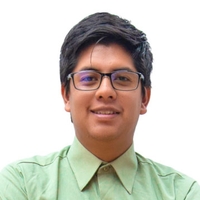
specialist-box-title
Diego Melendez
specialist-box-phrase
top-tours-title
top-tours-info
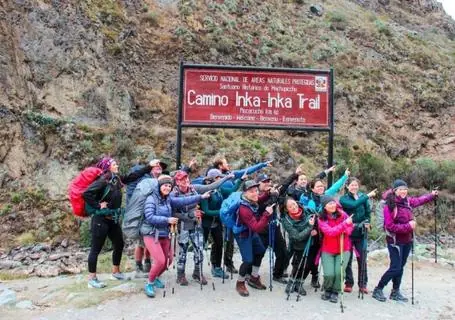
Trek Along the Inca Trail To Machu Picchu
7daysTrek Along The Inca Trail To Machu Picchu with Valencia Travel. We are a renowned Peruvian tour company offering trekking experiences throughout Peru.
card-type-tagAdventure
card-activity-tagModerate - Demanding
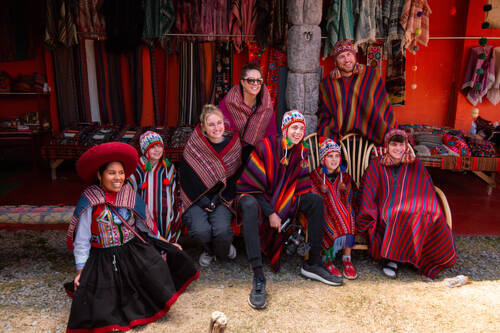
Classic Peru Trip
7daysValencia Travel's classic Peru trip is a bucket-list adventure. This 7 Day trip will take you on unforgettable experiences throughout the Peruvian heartland.
card-type-tagCultural, Gastronomy
card-activity-tagEasy
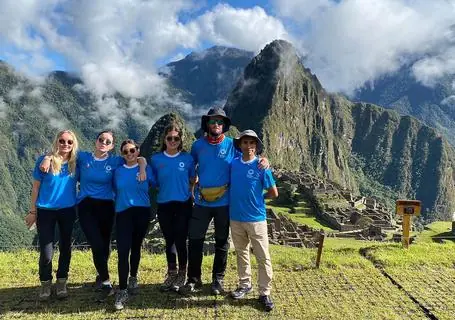
Classic Inca Trail
4daysThe Inca Trail trek to Machu Picchu is the ultimate bucket list hiking experience! Join us on this Classic 4 Day & 3 night Inca Trail Hike!
card-type-tagAdventure
card-activity-tagModerate - Demanding
asso-info-title
asso-info-description
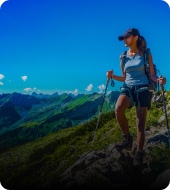 Aventure
Aventure
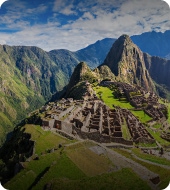 Cultural
Cultural
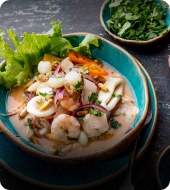 Gastronomy
Gastronomy
 Wellness
Wellness
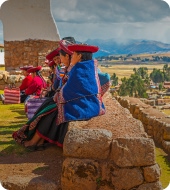 Local Living
Local Living
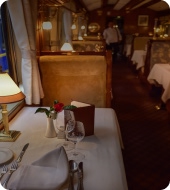 Luxury
Luxury
